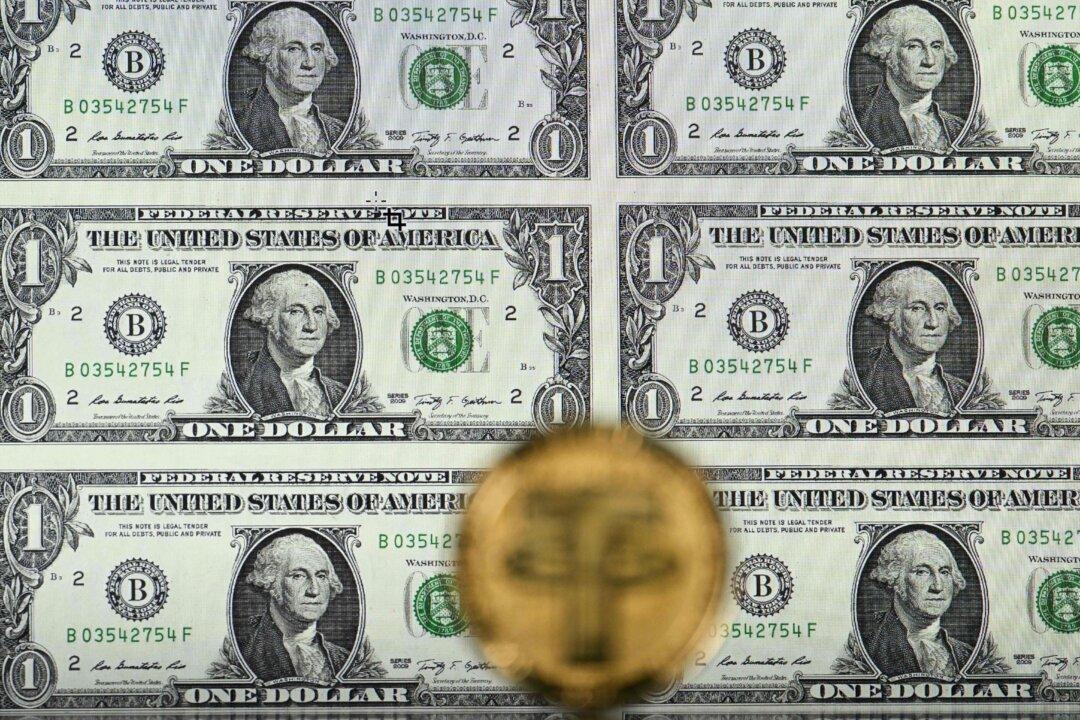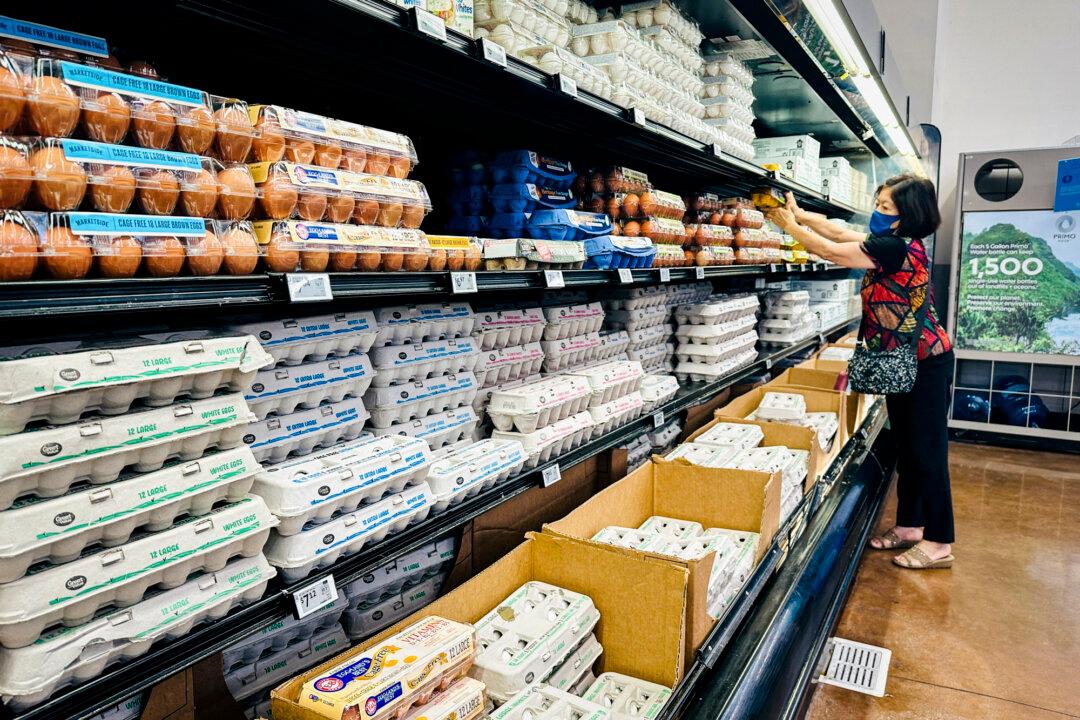WASHINGTON—President Donald Trump’s 50 percent tariffs on steel and aluminum went into effect at midnight on June 4, following through on the prior week’s announcement at a U.S. Steel facility.
The measure, enacted through an executive order signed on June 2, doubles the previous 25 percent rate and is intended to boost domestic production.
“Although the previously imposed steel and aluminum tariffs have helped provide critical price support in the United States market, they have not yet enabled these industries to develop and maintain the rates of capacity production utilization that are necessary for the industries’ sustained health and for projected national defense needs.”
Trump announced his plan first on May 30 during a rally held at the U.S. Steel Corporation’s plant near Pittsburgh to celebrate the newly announced partnership with Japan’s Nippon Steel.
“We are going to be imposing a 25 percent increase. We’re going to bring it from 25 percent to 50 percent,” Trump said.
By doubling the levies on the metal, foreign companies “can no longer get over the fence,” he said.
Steel company stocks surged after Trump’s announcement—Cleveland-Cliffs rose by 23 percent, while Steel Dynamics and Nucor both jumped by 10 percent soon after the news.
Kevin Dempsey, president and CEO of the American Iron and Steel Institute, applauded the decision, stating that the move will keep the American steel industry strong.
“As a result, Chinese steel exports to the world have more than doubled since 2020, surging to 118 million [metric tons] in 2024—more than total North American steel production. Given these challenging international conditions that show no signs of improvement, this tariff action will help prevent new surges in imports that would injure American steel producers and their workers.”
The Aluminum Association, an organization representing the U.S. aluminum industry, struck a cautious tone, stating that while it appreciates the president’s efforts to bolster domestic production, tariffs will neither increase output nor support mid- and downstream industries.
Near-Term Pain to Secure Critical Supply
Tariffs will likely raise costs for industries that rely on steel as an input, potentially impacting some U.S. manufacturers that are sensitive to price increases.Futures tracking metal prices that U.S. manufacturers have to pay, have already increased since the president announced the 50 percent tariffs.
Alex Durante, an economist at The Tax Foundation, wrote in May 2024 that steel-consuming industries have experienced a tariff-driven decline in output.
However, while inflationary concerns are widespread, this may be a short-term challenge that can be addressed through long-term private investment.
“A positive effect of tariffs is that they encourage foreign direct investment (FDI),” according to Paul Sracic, an adjunct fellow at the Hudson Institute, who focuses on trade and U.S.–Japan relations.
President Trump recently approved the $14 billion U.S. Steel–Nippon deal, which would see the Japanese company dedicate more than $2 billion to bolstering steel production at U.S. Steel’s Pittsburgh facility. Additionally, Nippon has pledged to invest $7 billion in modernizing steel mills and expanding ore mines in Alabama, Arkansas, Indiana, and Minnesota.
Reshoring
More companies will consider reshoring operations due to increase in tariffs, a new study finds.“The strategies the country implements now will shape the future of American manufacturing for decades to come,” the report states.
During his first term, Trump imposed a 25 percent tariff on steel and a 10 percent tariff on aluminum. He later granted exemptions to several trading partners, including Canada, Mexico, and Brazil, but he kept the tariffs in place for China.
Both the Trump and Biden administrations have accused China of dumping cheap steel on the global market. In May 2024, Biden further raised tariffs on Chinese steel and aluminum to protect U.S. producers.
Impact on Canada
Canada, the largest supplier of steel and aluminum to the United States, will be the most affected by these new measures.In a speech at the annual meeting of the Federation of Canadian Municipalities on May 30, Canadian Prime Minister Mark Carney pledged to support cities affected by Trump’s tariff plans.
“We’ll move from delay to delivery, ensuring that the Canadian government becomes a catalyst for, not an impediment to, nation-building projects that will supercharge growth in communities large and small,” Carney said.
Ontario Premier Doug Ford pledged on June 3 to “onshore every single widget” it can, making sure that Canada is no longer “reliant on” the United States.
The Canadian Steel Producers Association stated in a weekend release that the Trump administration is “essentially closing” the United States to the Canadian steel industry.
“Steel tariffs at this level will create mass disruption and negative consequences across our highly integrated steel supply chains,” the group said.
The United Steelworkers union echoed this sentiment.
Overseas, European officials expressed that they “strongly regret” Trump’s measure.
“This decision adds further uncertainty to the global economy and increases costs for consumers and businesses on both sides of the Atlantic,” the European Commission said in a statement.
The Commission plans to impose countermeasures. But Trump is not backing down.
Ultimately, according to the president, these levies will allow the United States to become self-sufficient in metal production and close the loopholes for the transshipment or further processing of cheap China-poured steel to enter the U.S. market.








